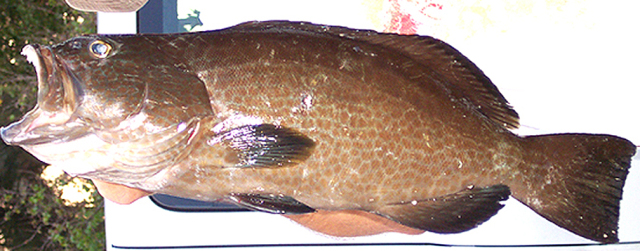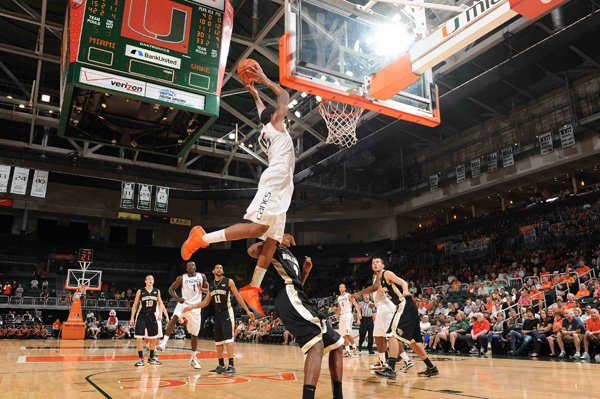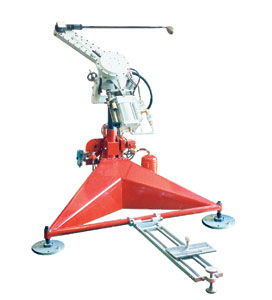Tautog Fishing Tips
Tautog, also know as Blackfish, are extremely tough fighters and very sneaky fish that can be difficult to catch. However, they are great on the dinner table. We will go over some useful information about how to catch these fish.
Anchor Retrieval System
A good anchor system uses two ropes, one attached to the front of the anchor, and the usual anchor rope attached to the back of the anchor. The rope attached to the front should have a small buoy on it. When you drop the anchor make sure the ropes don’t wrap each other, as this will defeat the purpose of the second rope. When it comes time to pull the anchor up, motor up carefully to the buoy, bringing in the other rope as you approach, then grap the buoy and pull the anchor in the rest of the way using the buoy rope. This pulls the anchor from the front, pulling it right out o the bottom and any rocks it may have been stuck under.
Boat Handling
It is necessary to anchor the boat over the rocky structure that Tautog prefer. This can sometimes be very difficult, if you don’t get over the structure you wont be catching any fish. Once you get the boat anchored, remember that an area can be fished out, so it is necessary to let out anchor line as you fish to cover new ground. Make sure that you are anchored so that letting out line wll still place you over structure.
Rigging
Tautog like to hide among rock piles and it isn’t unusual to lose a lot of rigs when fishing for them. We use a very simple rig which helps reduce the loss of tackle to a minimum. A simple monofilament leader with a loop is tied onto the line and then a hook with a leader is tied to this length of mono leader, with the hook able to hang down to the level of the loop. Then we tie a small loop with 12lb test mono, these are used to attach the sinker to the leader loop. This lighter sinker loop will break before the main leader does, and it is the sinker that often gets hung up with this rig, since it hangs down below the hook. This way you usually only lose sinkers.
Bait
We use crabs for bait. It is easy for us to catch them at the dock and is doesn’t matter what kind they are (except for spider crabs, we don’t use them). Most of the time we remove the legs, claws, and cut the crab in half, then remove the upper shell before placing it on the hook. If it is a very large crab we will cut the halves in half and use quarters.
Fishing
Let your baited rig down to the bottom. It is necessary to keep the line tight so you may feel the hit, otherwise the bait can be lost with no clue to the fact that there was a bite. If the boat is swinging back and forth, do not let the rig drag across the bottom, this will hang it up for sure. Always lift it off the bottom and let it back down as the boat moves. Banging the sinker on the bottom will make noise which can bring the tautog in to investigate.
The Bite
With Tautog, you will often feel the tap-tap-taps and will want to instantly try to set the hook. This does not usually work, you need to wait until you feel the taps become tugs, then try setting the hook. If the fish is hooked, get him away from the bottom as quickly as you can so he can’t get hung up in the rocks. Remember not to lift the head out of the water as you try to net the fish, this is a good way to lose him.
When to Fish
In the fall when the tautog bite is really on you can catch a lot of fish, and they can be pretty easy to hook. During the spring and summer, they are not so aggressive and tautog fishing can be somewhat frustrating. Late October and early November are usually the best times to fish for them. Time of day is not usually an issue, far more important is tide, which needs to be running for the bite to be on. Slack tide in not usually very good.
Flounder Fishing Secrets
In Search of the Perfect Fluke Catcher


